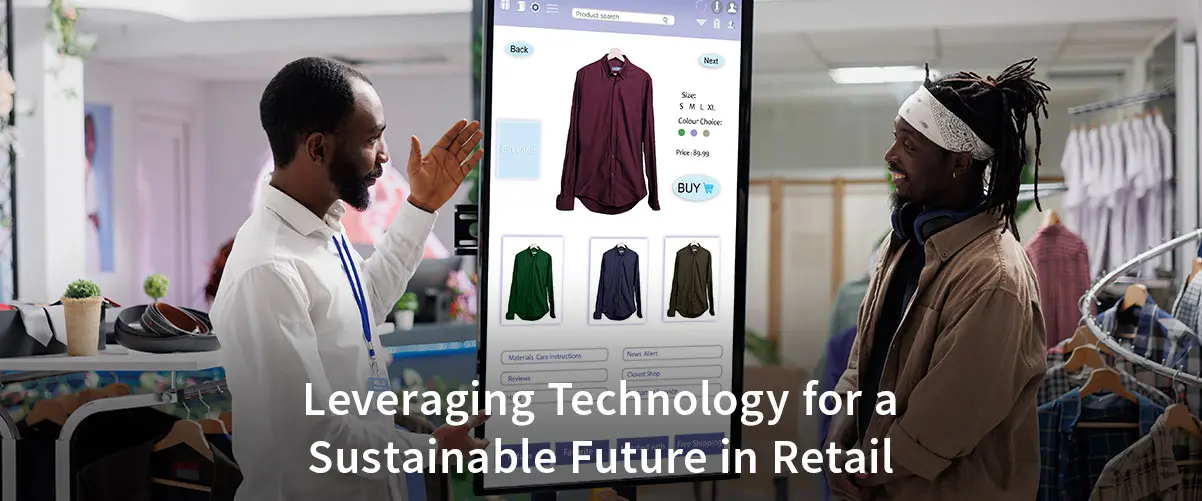
As we approach 2025, the retail industry is rapidly changing, with omni-channel strategies becoming essential for success. Retailers must meet the increasing demands of consumers who anticipate seamless shopping experiences across multiple platforms. This guide explores the omni-channel retail challenges 2025 and provides actionable strategies to address them.
Understanding Omni-channel Retail
Omni-channel in retail industry is a business model where various sales and marketing channels are connected to create a consistent customer experience. It incorporates physical shops, online stores, mobile apps, and social media platforms working in unison. The goal is to ensure that the customers can interact or engage with your brand seamlessly, irrespective of the channel they choose.
Key Obstacles in Omni-channel Retailing
1. Data Management and Integration
One of the prominent challenges faced by retailers in omni-channel retail is managing and integrating data across various platforms. Retailers often struggle with siloed data that hinders a comprehensive view of customer behaviour.
Solution: Invest in robust data management systems that centralise information from all channels. Utilise advanced analytics to gain insights into customer preferences and tailor your offerings accordingly.
2. Inventory Visibility and Management
Maintaining accuracy when it comes to inventory levels across all sales channels is important. Discrepancies can lead to stock shortages or overstocking, both of which negatively impact customer satisfaction and profitability.
Solution: Implement a centralised inventory management system that provides real-time updates. This will help track stock levels accurately and ensure that customers receive what they order promptly.
Find out how ETP Omni-channel Inventory Management module helps you manage and control the different inventory processes carried out inside stores both for retail sales and online sales.
3. Consistent Customer Experience
Delivering a consistent experience across all channels is vital for brand loyalty. However, varying interfaces and service quality can interrupt the customer journey.
Solution: Create a cohesive brand strategy that integrates all platforms. Educate employees to maintain consistent service quality, regardless of whether they are engaging with customers online or in-store.
4. Technology Integration
The rapid evolution of technology presents a significant challenge for retailers to maintain their systems current. Outdated technology can cause problems and lead to missed sales opportunities.
Solution: Regularly review and upgrade your technological infrastructure. Consider adopting omni-channel commerce solutions that seamlessly integrate various platforms and enhance operational efficiency.
5. Personalisation at Scale
Consumers expect personalised experiences, but delivering them at scale across multiple channels is challenging.
Solution: Utilise AI and machine learning to analyse customer data and offer personalised recommendations. Automated systems can help tailor marketing messages and product suggestions to individual preferences.
Strategies for Successful Omni-channel Retailing
1. Invest in Advanced POS Systems
An advanced point-of-sale (POS) system is essential for effective omni-channel retail operations. It must facilitate effortless transactions, monitor inventory, and gather customer information across various channels.
Solution: Opt for a POS system equipped with omni-channel features to guarantee a seamless checkout experience and real-time data synchronisation.
Explore how ETP V5’s All-in-1 ETP Retail POS Software – ETP Store – transforms your point-of-sale into a point-of-delight for both your end customers and your store staff.
2. Enhance Mobile Commerce
Mobile devices are integral to the shopping experience. Retailers must optimise their mobile platforms to cater to on-the-go consumers.
Solution: Develop a website and app that is mobile-friendly and offers intuitive navigation and fast loading times.
Promotions specific to mobiles can also bolster engagement and sales.
3. Bolster Supply Chain Management
Efficient supply chain management is of paramount importance for punctual order fulfilment and cost control.
Solution: Adopt supply chain management software that provides visibility into every stage of the supply chain. This will assist in anticipating demand and optimising logistics.
4. Promote Cross-Channel Marketing
A marketing approach that is comprehensive and spans all channels enhances customer engagement and brand awareness.
Solution: Develop cohesive marketing campaigns that utilise email, social media, and in-store promotions. Maintaining consistent messaging across all platforms will strengthen brand recognition.
Future Trends in Omni-channel Retail
1. Augmented Reality (AR) and Virtual Reality (VR)
AR and VR technologies are set to revolutionise the shopping experience by providing immersive product interactions.
Solution: Look for AR/VR applications that enable customers to visualise products in the environment of their choice or try them virtually before purchasing.
2. Voice Commerce
As voice-activated devices become more popular, voice commerce will play a significant role in omni-channel strategies.
Solution: Optimise your e-Commerce platforms for voice search and develop voice-activated shopping assistants to enhance customer convenience.
3. Sustainability and Ethical Practices
Consumers are increasingly aware of sustainability and ethical practices. Retailers must align their operations with these values.
Solution: Adopt environmentally friendly methods throughout your supply chain and openly share your sustainability initiatives with customers.
How is ETP V5 Empowering Retailers to Overcome Omni-channel Challenges?
ETP V5 integrates advanced omni-channel retail technology to address the key challenges of modern retail and enhance customer satisfaction. With solutions like Buy Online Pick Up In Store (BOPIS), Endless Aisle, Ship from Store, Direct to Customer (D2C), Click & Deliver, and frictionless payments, ETP V5 empowers retailers to create seamless and personalized customer journeys. Its unified approach bridges the gap between online and offline channels, optimizes inventory management, and enables rapid order fulfillment while increasing operational efficiency. By leveraging ETP V5, retailers gain the competitive edge needed to thrive in 2025’s dynamic retail landscape. To know more about ETP V5, click here!
Conclusion
Successfully managing the complexities of omni-channel retail demands a well-planned strategy and appropriate technology. By addressing data management, inventory visibility, and customer experience with the help of ETP V5 – an omni-channel retail platform—retailers can flourish in the competitive landscape 2025.
Contact us today for a free demo and embrace innovation to meet customer expectations and secure long-term retail success.


